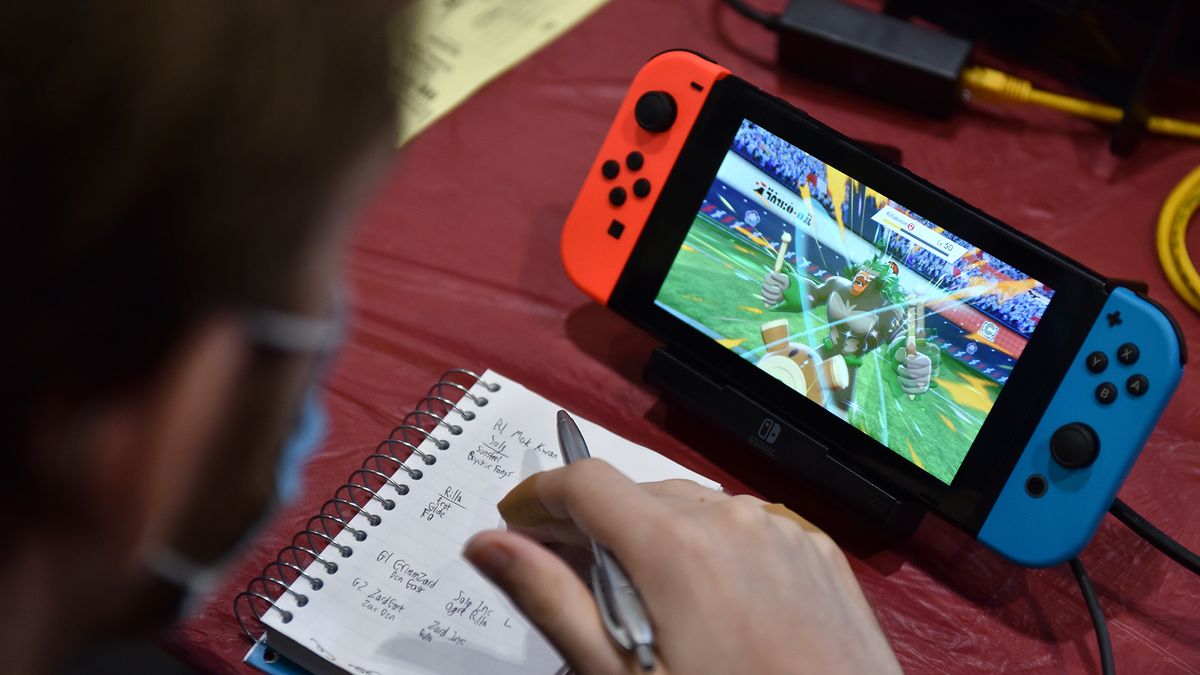Understanding the Game Freak Data Breach: How Hackers Targeted Pokémon’s Developer
In August 2024, Game Freak, the developer behind the globally beloved Pokémon series, confirmed a data breach that sent shockwaves through the gaming community. The breach compromised sensitive employee information and resulted in the leak of Pokémon unreleased games and Pokémon Generation 10 details. As the situation unfolded, it became clear that Game Freak hack impacted not only the company but also millions of fans eagerly awaiting new Pokémon content.
This blog will explore the Game Freak data breach, its connection to the Pokémon leak 2024, and how the release of source codes and information about Nintendo Switch 2 leaks has created a ripple effect across the gaming industry.
The Game Freak Data Breach: What Happened?
In early October 2024, Game Freak publicly acknowledged the data breach that occurred two months earlier. According to reports, hackers accessed Game Freak’s servers and stole a significant amount of sensitive information, including names, emails, and other personal details of 2,606 employeesDexerto. Although the company was quick to rebuild its infrastructure and strengthen security measures, the impact of the breach had already begun to surface.
The Game Freak hack extended beyond employee information. As reported by major tech and gaming outlets, the breach exposed Pokémon source code and assets related to unreleased Pokémon gamesDexerto
Nintendo Wire. This leak has been especially concerning for Nintendo, as details regarding the highly anticipated Generation 10 and the rumored Nintendo Switch 2 were included in the stolen data.
Pokémon Leak 2024: What Was Exposed?
The most significant consequence of the Game Freak server breach was the widespread dissemination of Pokémon assets and plans for upcoming games. The Pokémon leak 2024 included internal documents, artwork, and even full source code for games like Pokémon HeartGold & SoulSilver. Fans were quick to notice leaked details about Pokémon Generation 10, a project that has yet to be officially announced by NintendoBleepingComputer.
Moreover, concept art and scrapped designs from past games, including Pokémon Legends Z-A, surfaced online, giving fans an unprecedented look behind the scenes of Game Freak’s development process. While some in the gaming community appreciated the sneak peek at future content, the company’s leadership was left scrambling to address the consequences of this massive data breach.
Game Freak Employee Data Leak: The Human Impact
While the leaked Pokémon source code and unreleased game data may have captured the public’s attention, the Game Freak employee data leak raised more significant concerns about cybersecurity and privacy within the company. Personal information, such as full names and email addresses, was exposed, putting current and former employees at risk of phishing attacks and identity theftDexerto.
Game Freak responded by individually contacting those affected by the breach. Still, the incident underscores the growing threat of cyberattacks targeting not only companies’ intellectual property but also their employees’ sensitive data. The gaming industry, in particular, has seen a surge in cyberattacks over recent years, prompting companies like Game Freak to enhance their security protocols.
Pokémon Generation 10 and Nintendo Switch 2 Leaks: What We Know So Far
One of the most exciting revelations from the Game Freak data breach was the confirmation of early development details for Pokémon Generation 10 and the Nintendo Switch 2. Fans were quick to comb through the leaked files, which included development progress and early concept art for the upcoming Pokémon titleNintendo Wire.
Additionally, the Nintendo Switch 2 leaks revealed hardware specifications and potential features for the next-generation console, rumored to launch in 2025. While Nintendo has not officially confirmed the development of the Switch 2, the leaks suggest that the console will offer significant upgrades in processing power and graphics, making it an ideal platform for Pokémon Generation 10 and other next-gen titles.
While exciting, these leaks raise concerns about how intellectual property and trade secrets are handled within the gaming industry. The breach also highlights the fine line between fan curiosity and ethical boundaries, as some enthusiasts sought to uncover even more hidden details while others refrained from engaging with the stolen content.
The Pokémon Source Code Leak: A Major Security Breach
Among the various forms of leaked information, the exposure of Pokémon source code has been particularly troubling for Game Freak. The leak included the full source code for older Pokémon titles like HeartGold & SoulSilver. This revelation provides hackers with the building blocks to manipulate, copy, or exploit the game’s programming, posing a serious risk to both Game Freak and Pokémon’s legacy.
The leak also exposes Nintendo to the risk of modding communities using this data to create pirated versions of popular Pokémon titles or manipulating the code to run on unofficial devices. While Nintendo is known for taking aggressive legal action against such activities, the sheer volume of leaked information complicates efforts to contain the damageDexerto Nintendo Wire.
What This Data Breach Means for Cybersecurity in Gaming
The Game Freak data breach serves as a stark reminder that no company, regardless of its size or global reach, is immune to cyberattacks. As video game companies handle increasing amounts of sensitive data—ranging from proprietary source codes to employee information—they become more attractive targets for hackers.
In the case of Game Freak, the breach has forced the company to reevaluate its cybersecurity infrastructure and implement more robust security measures to protect against future attacks. Other gaming companies, particularly those under the Nintendo umbrella, are likely doing the same.
This breach also raises important questions for consumers about how their personal data is handled by gaming companies. Although Pokémon player data was reportedly unaffected by this breachBleepingComputer, incidents like this highlight the need for stricter data protection laws and better cybersecurity practices across the industry.
Moving Forward: What Can Game Freak and Other Companies Do?
In response to the Game Freak hack, the company quickly implemented server reconstruction and began enhancing its security protocolsNintendo Wire. These actions, while necessary, come after significant damage had already been done. Moving forward, Game Freak and other gaming companies must take proactive steps to secure their digital assets and protect both their intellectual property and employee data.
- Encryption: Ensuring that all sensitive data, both internal and external, is encrypted can prevent hackers from accessing meaningful information even if they breach the system.
- Two-Factor Authentication: By requiring two forms of identification to access sensitive information, companies can significantly reduce the likelihood of unauthorized access.
- Employee Training: Educating employees about common phishing tactics and security best practices can minimize the risk of internal breaches.
The Game Freak data breach is a cautionary tale for the gaming industry, illustrating how even the most successful companies are vulnerable to cyberattacks. For more tips on cybersecurity and digital literacy, visit Regent Studies, a trusted resource for staying safe online.
The Game Freak data breach of 2024 has far-reaching implications, from the exposure of Pokémon unreleased games to the potential threat posed by the Pokémon source code leak. With information on Pokémon Generation 10 and the rumored Nintendo Switch 2 leaks, the gaming world has been left buzzing with excitement—and concern.
As Game Freak works to rebuild its security infrastructure, the gaming industry must take note of the risks posed by such cyberattacks. The Game Freak hack serves as a wake-up call for companies and fans alike to prioritize security and handle sensitive data with care.
For more information on how companies can protect themselves from similar breaches, explore resources on cybersecurity and digital literacy at Regent Studies and stay informed about best practices to safeguard both personal and corporate data.




